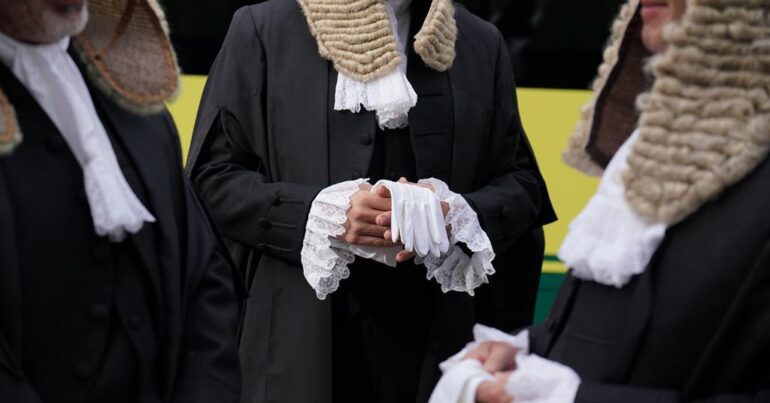TL;DR:
- Judges in England and Wales receive guidance on using AI, particularly ChatGPT, in their work.
- The guidance encourages AI for basic tasks but warns against using chatbots for legal research or analysis.
- Judges are cautioned about identifying AI-generated legal arguments.
- Geoffrey Vos, Head of Civil Justice, highlights the potential of AI while emphasizing the need for understanding its capabilities and limitations.
- AI could eventually assist in resolving low-level disputes, but public and business confidence in AI decision-making is crucial.
Main AI News:
In a groundbreaking development, judges in England and Wales have been provided with guidance on the utilization of generative artificial intelligence systems, exemplified by OpenAI’s ChatGPT, in performing fundamental administrative tasks. This landmark guidance, issued recently, carves a path for the responsible incorporation of AI within the legal system, emphasizing its potential while recognizing its limitations.
The guidance underscores a crucial distinction: while judges are encouraged to leverage AI for routine administrative functions, the use of chatbots for legal research or substantive legal analysis is firmly discouraged. It serves as a cautionary reminder that the profound influence of AI technology on the legal landscape should be wielded judiciously.
Of paramount concern is the possibility of AI-generated legal arguments, a phenomenon already witnessed in the United States and, more recently, in Britain. The guidance alerts judges to signs that legal submissions may have originated from an AI chatbot. These telltale signs include references to obscure or fictitious cases and divergent citations of case law on a single legal issue—a potential indicator of AI intervention.
Geoffrey Vos, Head of Civil Justice in England and Wales, spearheads this pioneering initiative. He emphasizes the significance of acquainting judges with the intricacies of AI, emphasizing its capabilities and limitations. “AI provides great opportunities for the justice system,” Vos acknowledges, “But because it is so new, we need to make sure that judges at all levels understand what it does, how it does it, and what it cannot do.“
Vos, who previously assured lawyers that AI posed no threat to their profession, is now leading the charge in integrating AI to address low-level disputes. While the realization of this vision remains on the distant horizon, he remains open to its potential benefits. When asked about the possibility of AI easing the backlog in the English justice system, Vos states, “I rule nothing out as to what may be possible.”
However, he acknowledges that public and business confidence in AI-driven decision-making is paramount before widespread adoption can occur. “We cannot introduce AI-driven decision-making until we are absolutely sure that the people we serve would have confidence in that approach,” Vos asserts, underlining the cautious approach required as the legal system embarks on this transformative journey. It is clear that the road to embracing AI in the realm of justice is marked by careful consideration and a steadfast commitment to uphold the trust of those it serves.
Conclusion:
The issuance of guidelines for AI utilization in the English and Welsh legal systems represents a pivotal step toward modernization. While AI offers promising opportunities, the emphasis on responsible usage and the need to maintain public trust underscores the gradual integration of technology. This development signals a potential shift in the legal tech market, with AI providers focusing on compliance and trust-building solutions to cater to the evolving needs of the justice sector.

